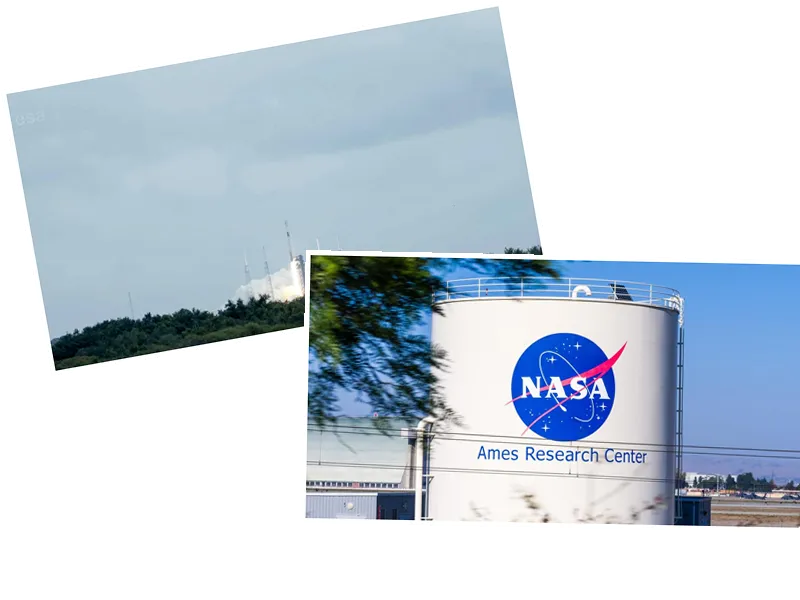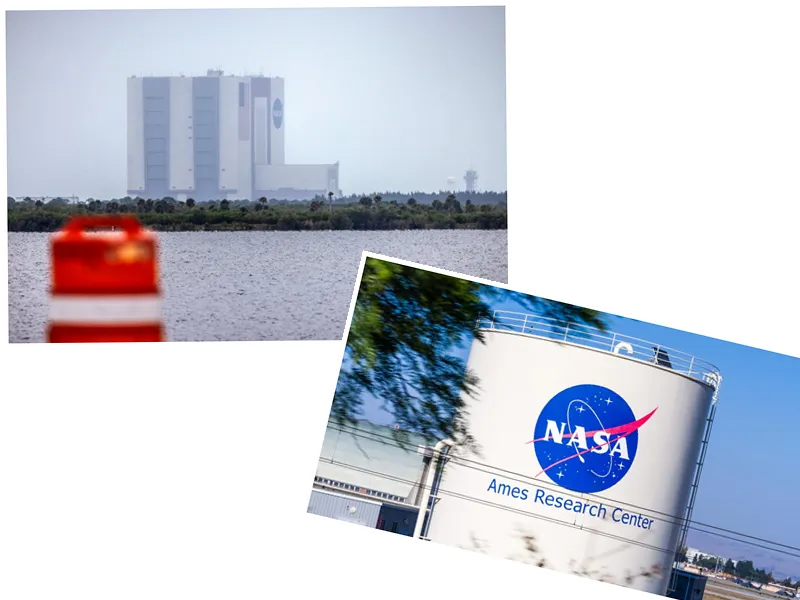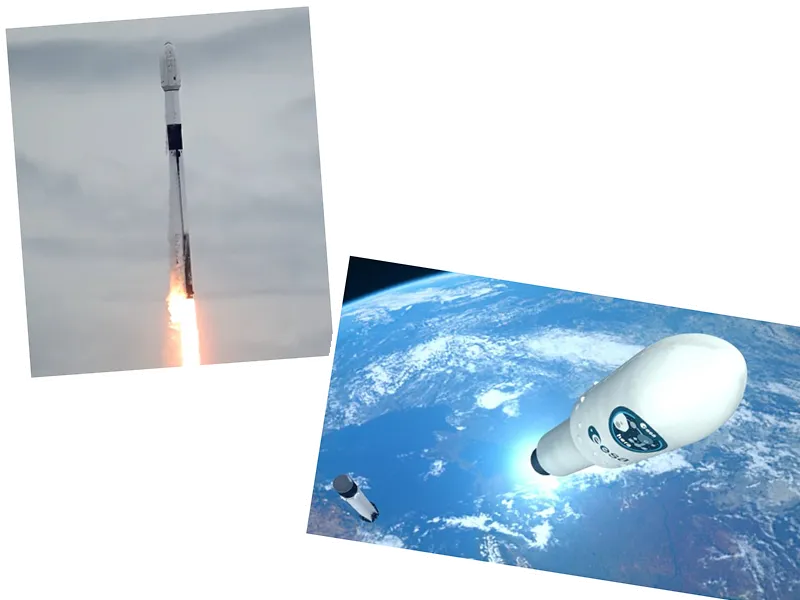Hera Probe Launches to Study Dimorphos
The European Space Agency's Hera probe successfully launched on October 7, 2024, from Cape Canaveral, Florida, aboard a SpaceX Falcon 9 rocket. This mission aims to investigate the asteroid Dimorphos, which was previously impacted by NASA's DART spacecraft in 2022 as part of a planetary defense test. The launch occurred despite concerns over Hurricane Milton, which had threatened to postpone the mission.
Understanding Planetary Defense Through Dimorphos
Dimorphos, a 160-meter-wide asteroid, is located approximately 11 million kilometers from Earth. The DART mission demonstrated that it is possible to alter an asteroid's trajectory, reducing Dimorphos's orbit by 33 minutes through a deliberate impact. However, scientists still need to understand the asteroid's internal structure and the impact's effects. The Hera mission, costing 363 million euros, will utilize 12 instruments and two nanosatellites, Juventas and Milani, to gather data on Dimorphos's composition and gravity.
Future Implications of Hera's Findings
The findings from Hera are crucial for enhancing our understanding of asteroids and improving planetary defense strategies. While the risk of an asteroid impact is considered low, with significant events occurring every 500,000 years, the knowledge gained from this mission could help prepare for potential future threats. Hera is expected to reach Dimorphos in December 2026, where it will conduct a six-month study of the asteroid.





